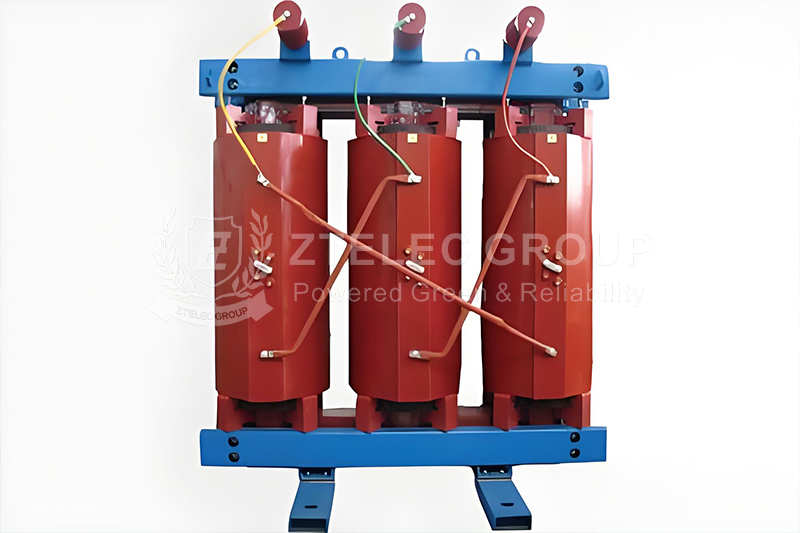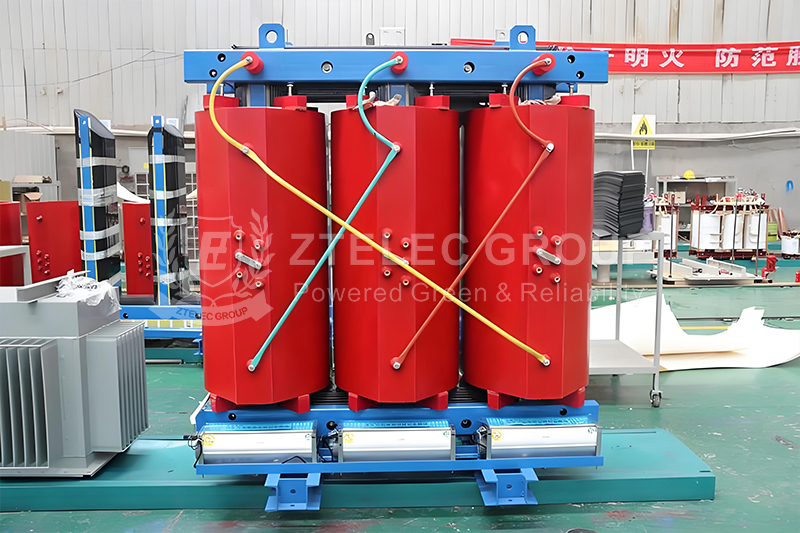What is the current relationship between the primary coil and the secondary coil of the transformer?
A transformer is an electrical equipment. Its core function is to achieve the increase or decrease of voltage through the principle of electromagnetic induction without changing the alternating current frequency.
The working principle of the transformer
The working principle of the transformer is based on the principle of electromagnetic induction. The transformer is mainly composed of a primary coil, a secondary coil and an iron core (or magnetic core). When there is an AC current in the primary coil, an AC magnetic flux is generated in the core, which causes a voltage (or current) to be induced in the secondary coil. Transformers use electromagnetic mutual inductance effect to change AC voltage, current and impedance.

What is the current relationship between the primary coil and the secondary coil of the transformer?
This problem can be explained based on the basic working principle of the transformer.
Electromagnetic induction:
When there is an alternating current in the primary coil, an alternating magnetic flux is generated in the core. This alternating flux passes through the secondary coil and induces an electromotive force in the secondary coil.
According to Faraday's law of electromagnetic induction, the size of the induced electromotive force is proportional to the number of turns in the winding and the maximum value of the main magnetic flux. Therefore, the side with more turns of the winding has high voltage, and the side with fewer turns of the winding has low voltage.
Current relationship:
In an ideal transformer (a transformer with no energy loss), the input power is equal to the output power. The current relationship between the primary coil and the secondary coil can be derived from this.
According to the principle of magnetic potential balance, the current of the primary coil and the secondary coil are inversely proportional to the number of turns of the coil. That is, the side with more turns has a small current, and the side with a small number of turns has a large current. It can be expressed as follows: primary coil current:secondary coil current = number of turns of secondary coil:number of turns of primary coil.
In fact, because the transformer has energy losses such as copper loss (coil resistance heating) and iron loss (core heating), the input power of the primary coil will be greater than the output power of the secondary coil. But even so, the relationship between the current and the number of turns is still approximately true.

Power transfer:
Transformers transmit not only voltage and current, but also power. In an ideal situation, the power on the primary side is equal to the power on the secondary side, except that the ratio of voltage and current changes.
The efficiency of a transformer is defined as the ratio of the secondary power to the primary power. Generally, the greater the power, the smaller the loss to output power ratio, and the higher the efficiency.
Finally, we can conclude that secondary and primary current of the transformer are different, but there is a certain proportional relationship. This ratio is determined by the turn ratio of the transformer, that is, the ratio of the secondary current to the primary current is equal to the ratio of the primary turns to the secondary turns. In practical applications, we can adjust the turn ratio of the transformer according to the need to change the size of the output current to meet the needs of different electrical equipment.
- more+releated article
- 2025-12-13How to Select and Use Phenolic Cloth-base Lami
- 2025-12-13How Much Does Bakelite Sheet Cost? 2025 Price
- 2025-12-13Why are most 3240 epoxy boards yellow?
- 2025-12-13What are the Main Applications of FR4 Epoxy Bo
- 2025-12-13Why Does the Price of Insulating Paperboard Va
- 2025-12-13Heat-Resistant DDP Insulation Paper
- 2025-12-13Comparison of Heat-Resistant DDP Insulating Pa
- 2025-12-13G10 and FR4 Epoxy Boards: Commonly Used for Ge
- 2025-12-13The Price of Heat-Resistant DDP Insulation Pap
- 2025-12-13How to Choose Epoxy Laminate Materials for Gen





